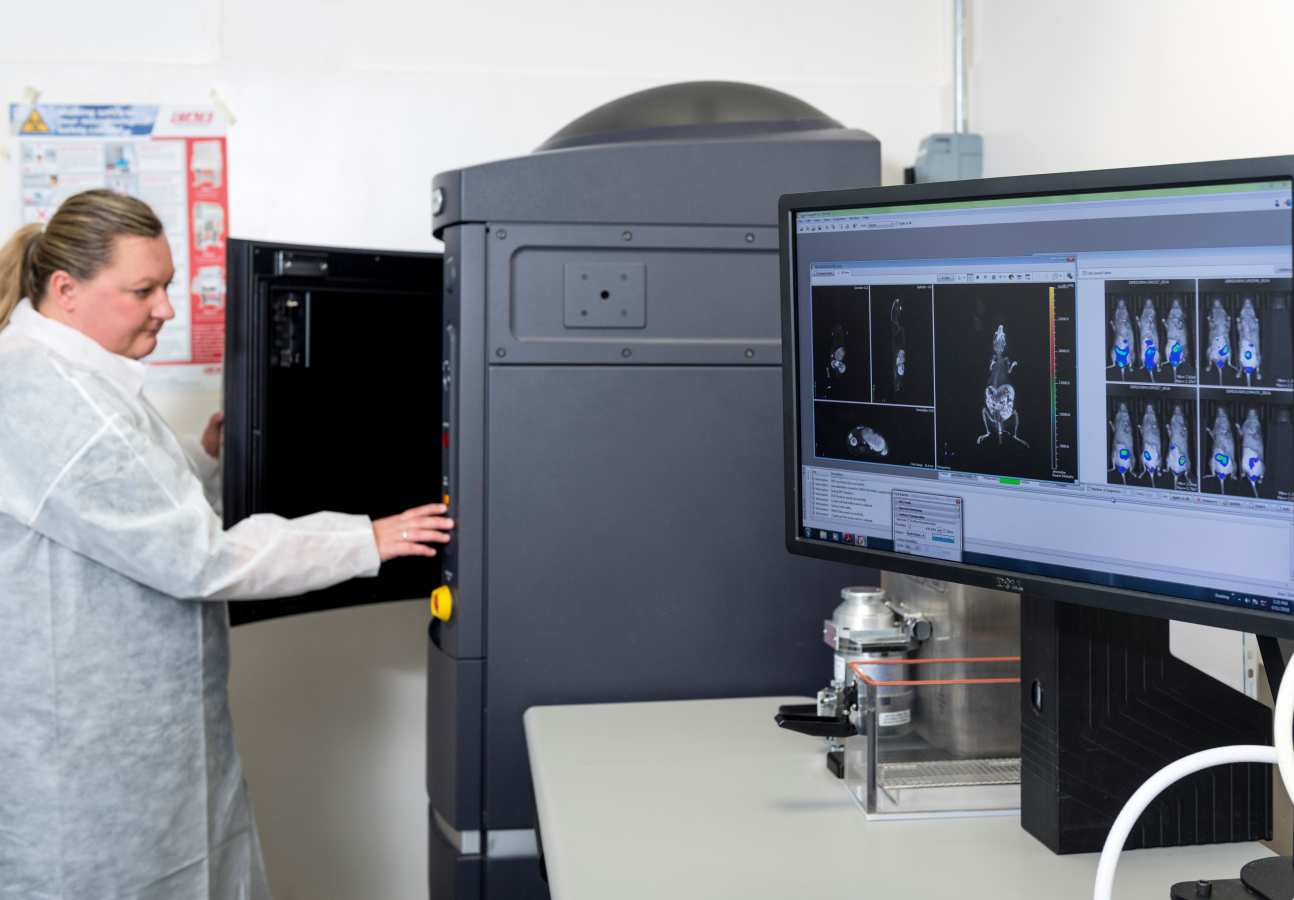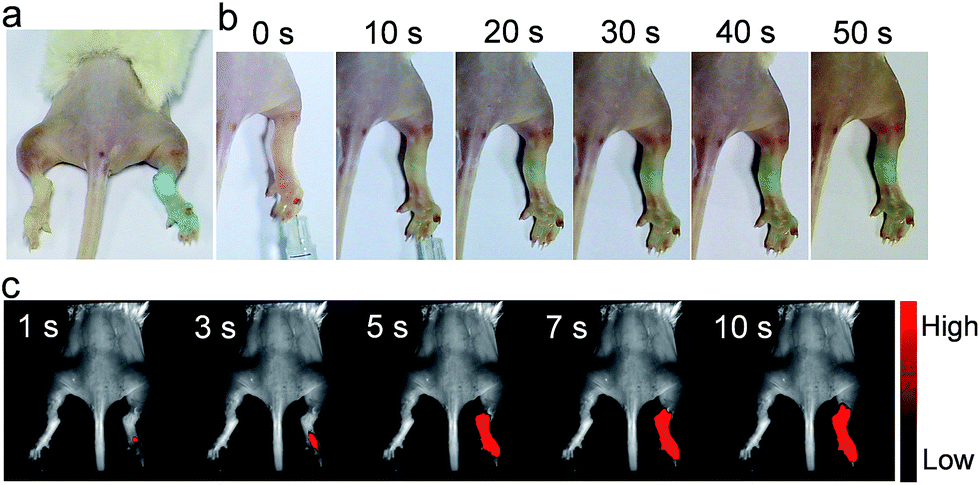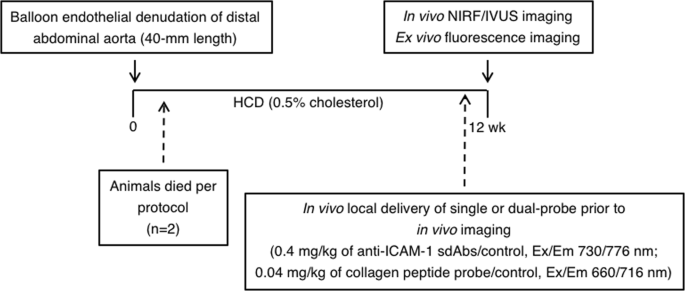Bioluminescent methods use an enzymatic reaction between the luciferase enzyme and its substrate a luciferin to produce light for detection.
In vivo imaging system for small animals.
We developed a pentamodal imaging system which can perform positron emission tomography bioluminescence tomography fluorescence molecular tomography cerenkov luminescence tomography and x ray computed tomography successively.
The 2p system i recommended would require surgery to be performed and is more adapted for cell resolution in vivo imaging e g.
To cover the broadest range of in vivo imaging applications the nightowl ii provides a wide variety of accessories including heating tables gas anaesthesia unit animal isolation chambers animal beds and more.
The driving force comes from the advancement in molecular and cellular techniques the increased numbers of animal models and the devel opment of novel imaging probes with complementary imaging systems.
Activity of neural circuits tracking of single lymphocytes.
Multimodality molecular imaging emerges as a powerful strategy for correlating multimodal information.
The in vivo f pro is an entry level optical molecular imaging system and the in vivo ms fx pro is a.
Non invasive optical imaging in small animals is best achieved with antibodies or proteins labeled with near infrared nir fluorophores.
Saivi rapid antibody labeling kit alexa fluor 680.
Dynamic in vivo imaging of receptors in small animals using positron emission tomography.
Bruker offers the in vivo line of optical imaging systems for small animal imaging applications.
Saivi rapid antibody labeling kit alexa fluor 750.
Saivi antibody protein 1 mg labeling kit alexa fluor 647.
In vivo molecular imaging in animals is an expand ing discipline in biomedical research in the current post genomic era.
Nightowl ii lb 983 in vivo imaging system the nightowl ii is the first imager with a motor driven camera inside the cabinet.
A microct scanner was designed fabricated and integrated with a previously reported micropet ii scanner tai et al 2003 phys.
The most common bioluminescent reporter proteins for imaging in living small animals are the firefly luciferase from photinus pyralis and the renilla luciferase from the sea pansy renilla reniformis.
The system was designed to achieve high spatial resolution and high sensitivity pet images with adequate ct image quality for anatomic localization and attenuation correction with low x ray dose.
Non invasive in vivo imaging is a.
Linking molecular imaging to gene therapy could allow real time assessments of therapeutic efficacy and linking an imaging reporter gene with a therapeutic gene could become a general approach to the monitoring of the in vivo expression of the therapeutic gene.
48 1519 yang et al 2004 phys.





























